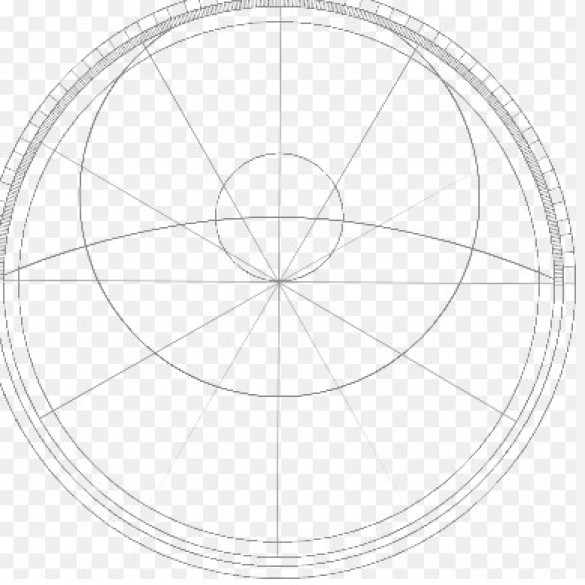
Hora Shastra, an ancient treatise on astrology, has guided human understanding of celestial influences for centuries. This intricate system of knowledge is deeply rooted in Vedic traditions, making it one of the most profound and time-honored branches of Indian astrology.
Hora Shastra traces its origins back to the Vedic period, around 1500 to 500 BCE. It is attributed to the sage Parashara, who is revered as one of the most authoritative figures in Vedic astrology. The texts have been passed down through generations, with various scholars contributing to its richness over the millennia.
The text of Hora Shastra is a comprehensive compilation of astrological principles, guidelines, and predictive techniques. It is primarily written in Sanskrit and is divided into multiple chapters, each focusing on different aspects of astrology.
At the heart of Hora Shastra are the twelve zodiac signs and nine planets. Each sign and planet has specific characteristics and influences that are meticulously detailed in the text. The interplay between these celestial bodies forms the foundation for astrological predictions.
The concept of houses, or "bhavas," is crucial in Hora Shastra. There are twelve houses in a horoscope, each representing different areas of life such as career, relationships, health, and wealth. The position of planets in these houses at the time of a person's birth is used to predict various life events.
Hora Shastra also emphasizes the importance of nakshatras, or lunar mansions. There are 27 nakshatras, each spanning 13 degrees and 20 minutes of the zodiac. These are used to fine-tune predictions and provide a deeper understanding of an individual's personality and destiny.
One of the most remarkable features of Hora Shastra is the use of dasha systems. These are planetary periods that signify different phases in a person's life. The Vimshottari Dasha, which covers a 120-year cycle, is the most commonly used dasha system in Vedic astrology.
Transits refer to the current positions of planets as they move through the zodiac. Hora Shastra outlines how these transits influence the natal chart and bring about various life changes. Additionally, the aspects, or angles formed between planets, are analyzed to provide insights into potential events and challenges.
Hora Shastra is rich with the concept of yogas, which are specific combinations of planets that can indicate success, wealth, health, and other significant outcomes. Some well-known yogas include Gaja Kesari Yoga, Raj Yoga, and Dhana Yoga.
Individuals often consult Hora Shastra for personal guidance on various aspects of life. Whether it's career decisions, relationship advice, or health concerns, the principles of Hora Shastra can provide valuable insights and direction.
Hora Shastra isn't limited to personal horoscopes. It also extends to mundane astrology, which involves predicting events on a larger scale, such as political developments, natural disasters, and economic trends.
Another fascinating application is medical astrology. Hora Shastra provides guidelines for diagnosing and treating health issues based on planetary influences. This practice, known as Ayurveda Jyotish, integrates astrology with traditional Ayurvedic medicine.
Despite its ancient origins, Hora Shastra remains relevant today. Modern astrologers continue to study and apply its principles, adapting them to contemporary contexts. The advent of technology has also made it easier to calculate and interpret horoscopes, bringing this ancient wisdom to a wider audience.
Hora Shastra is more than just a predictive tool; it's a cultural treasure that reflects the deep philosophical and spiritual heritage of India. It embodies a holistic approach to life, emphasizing harmony between human existence and cosmic forces.
For those interested in delving deeper, learning Hora Shastra requires dedication and study. Numerous texts, courses, and experienced astrologers offer guidance on mastering this ancient art. With patience and practice, anyone can learn to interpret the celestial messages encoded in the stars.
Hora Shastra stands as a testament to the profound understanding of celestial influences developed by ancient Indian sages. Its principles and techniques offer valuable insights into both personal and collective experiences, guiding individuals through the complexities of life. As we continue to explore and apply this ancient wisdom, Hora Shastra remains a beacon of knowledge, illuminating our path with the light of the stars.
Low price and more features... These 5G smartphones are available for less than ₹ 10 thousan
Apple Teases iOS 18 Updates and AI Enhancements at WWDC 2024